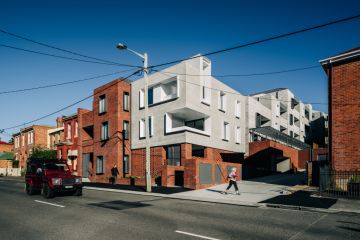The elements every Aussie outdoor kitchen needs
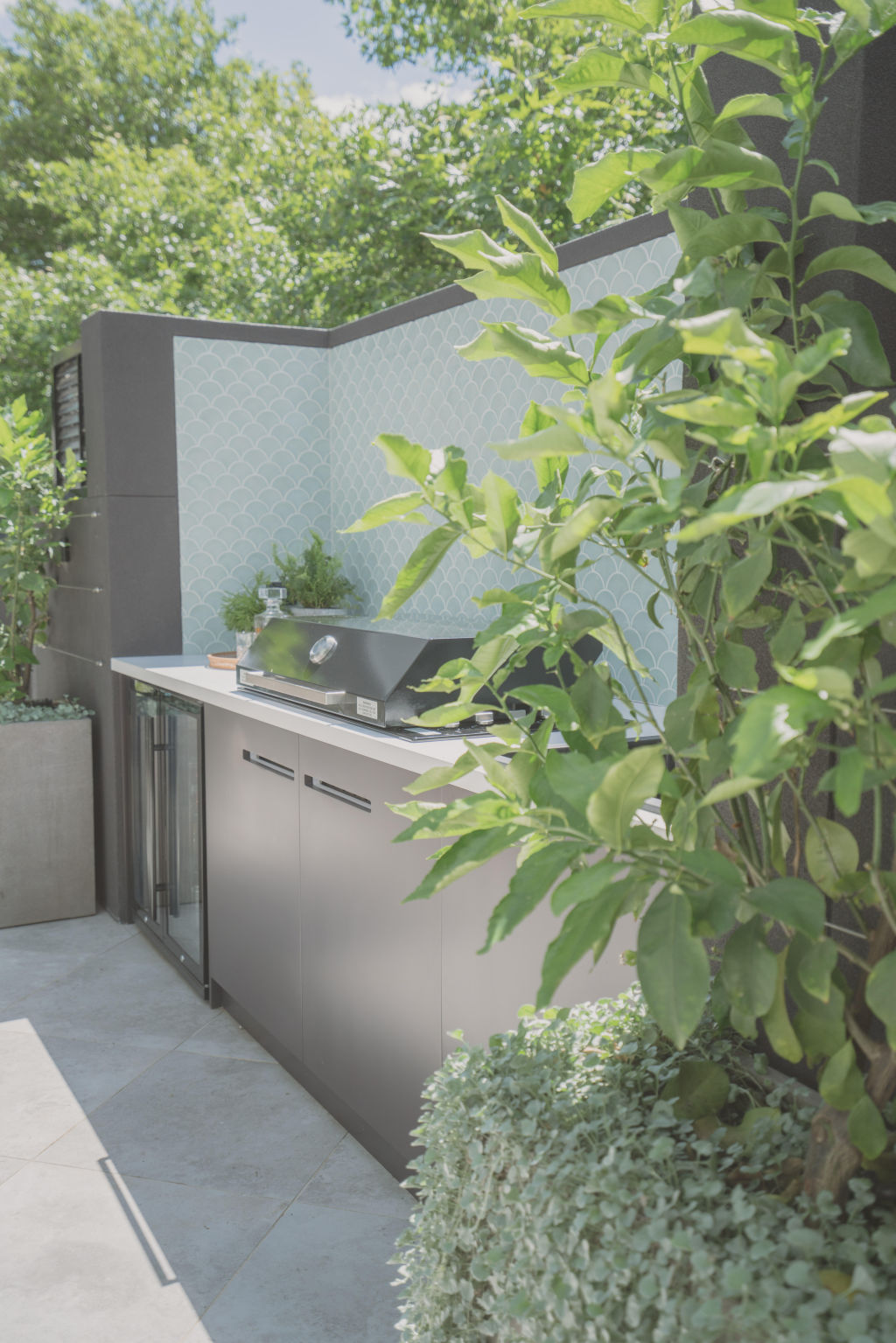
By day and by night, in urban gardens across Australia, the outdoor kitchen holds court. Now, more than ever, we are stepping out to cook and dine al fresco-style in privacy and serenity.
As Dave Franklin, director of Franklin Landscape & Design, says: “Outdoor kitchens are enormously popular. The days are gone of just having a little barbecue in the back yard. Everyone has become a chef.”
Underpinning the success of this hardworking zone is an all-important synergy between high performance and captivating design.
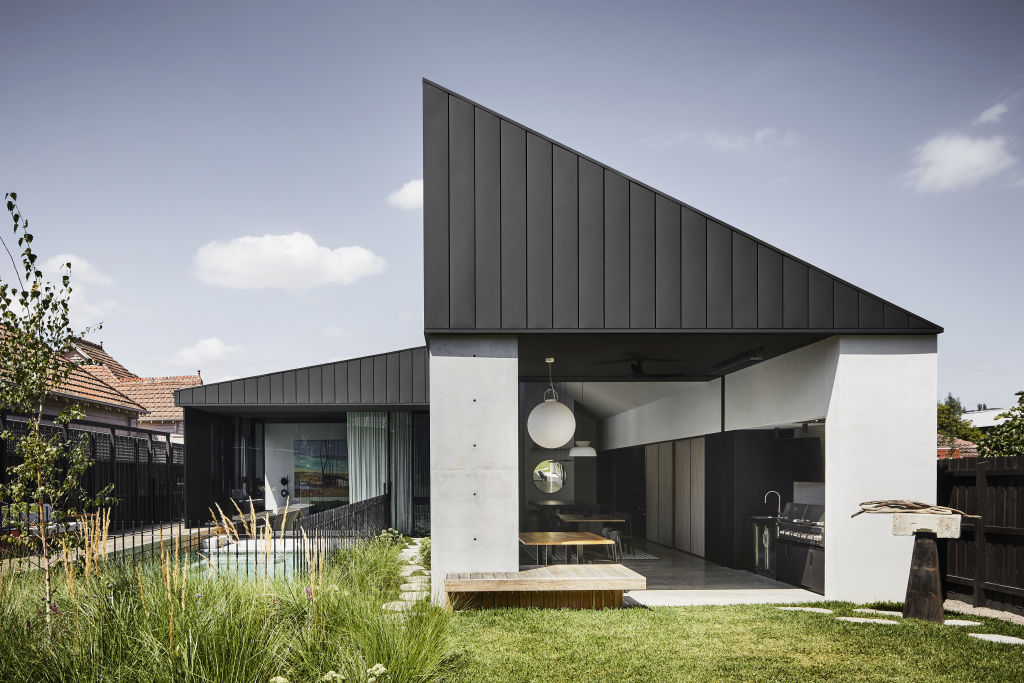
Smart appliances
Landscape designer Charlie Albone, director of Inspired Exteriors and garden expert for Channel Seven’s Better Homes and Gardens, advocates investing in appliances that will withstand the elements.
“You have to make sure the appliances are suitable for being fully outdoors,” Albone says. “And you need to get the best quality you can afford because of the harsh climate we live in – lots of sun and rain with drastic changes in temperature.”
Expert advice is key when choosing appliances, sinks and tapware.
Also, Albone says, “Think about exactly how you’re going to use and entertain in the space.”
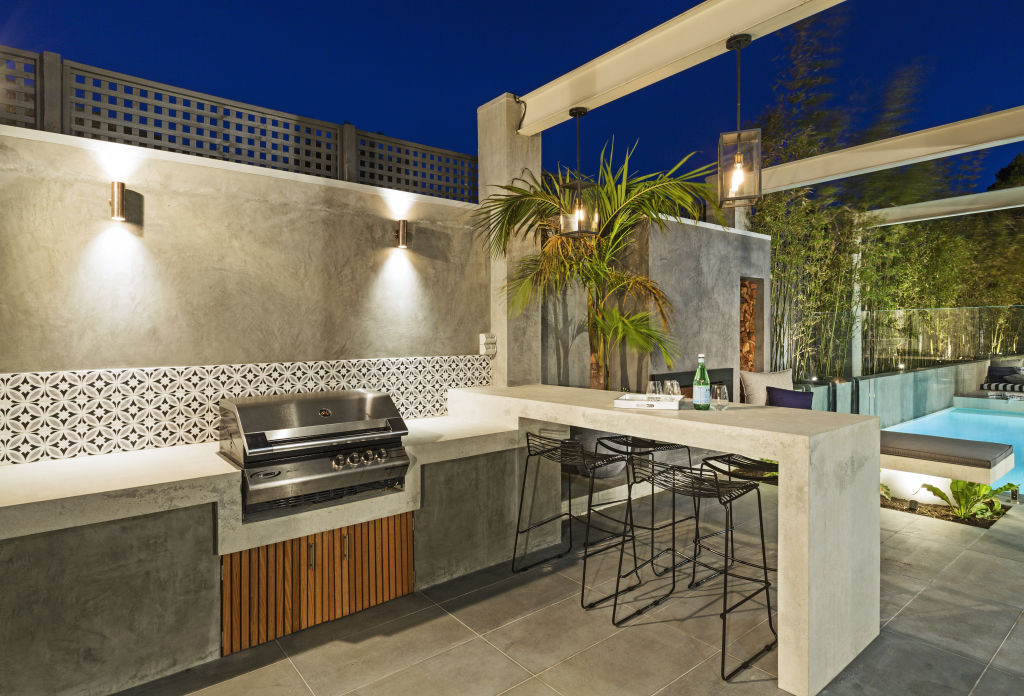
Materials matter
“As with appliances, the choice of materials is very important for an outdoor kitchen,” interior designer Anna Wood of Picchio Interiors says.
“For benchtops, you could consider an engineered stone. Concrete is also a popular choice for an outdoor benchtop and provides options to be a little creative. Certain natural stones, such as granite, are another robust option, but some ‘softer’ stones are at risk of discolouring over time and would need to be treated.”
When it comes to joinery, choose a good-quality, moisture-resistant material suitable for outdoor use.
“You want a good coating on your joinery as an extra level of protection,” Albone says, adding: “Plastic-based products work really well as they don’t swell and they keep water out.”
“[Also,] don’t forget to select hinges, handles and drawer rollers that are marine-grade and designed for outdoor use,” says interior designer Kate Hardy of Cloth + Stone Designs.
Asha Nicholas of Splinter Society says inspiration was taken from the transformation of its Colonnade House project for the its beautiful al fresco zone: “It’s important for the outdoor spaces to feel that they are part of the house itself, and … a transition to green spaces.”
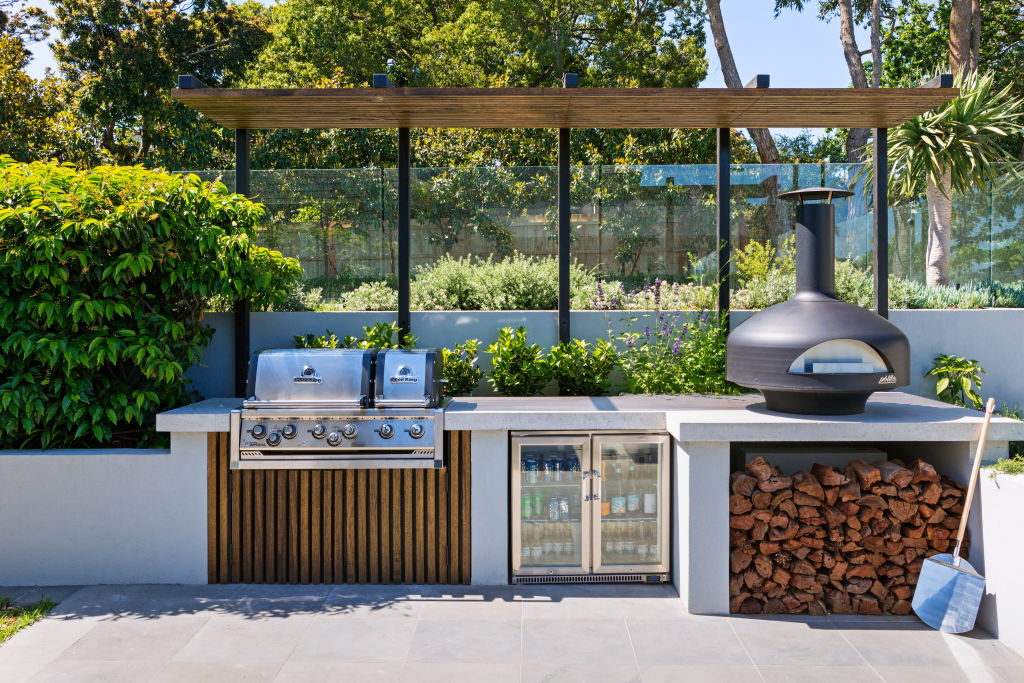
Prime dining
Choosing the right dining setting for your al fresco zone – and positioning it with easy accessibility to the outdoor cooking zone – is a must.
And consider built-in furniture.
“It reduces the clutter and moving parts in the spaces, thus maintaining nice views out from within the property,” Nicholas says. “Obviously, too, we select materials that are robust to withstand our climate, but also softness is important. We also focus on materials that don’t show dust and mess to minimise maintenance, and to create spaces that are always inviting.”
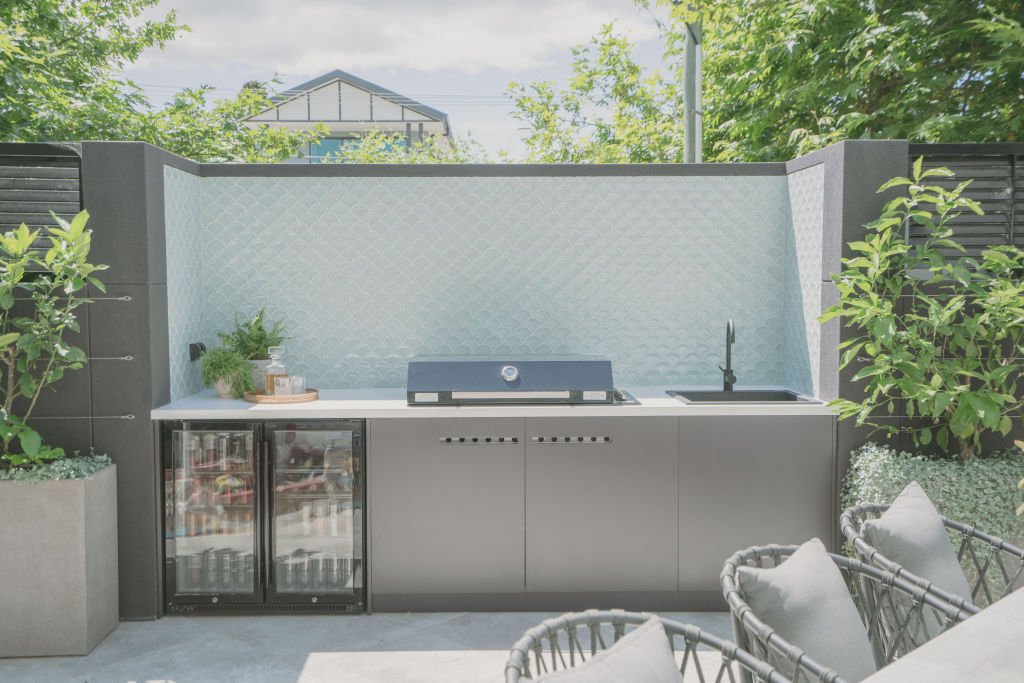
Light and shade
A user-friendly outdoor cooking and dining domain will offer both sunshine and shelter.
“Operable, louvre-style roofs are increasingly popular to allow airflow and light control, as well as wet-weather protection and relief from the midday sun,” Hardy says,
And for an entertaining retreat as enchanting as it is enticing, nestle the al fresco zone within a garden layered with seasonal delights.
“Think about the details and theme of the garden,” Albone says.
Franklin agrees: “I always like a design that gels well with the house, and I do love a little bit of lushness. We try to plant herbs closer to the barbecue for a more organic feel.”
We recommend
We thought you might like
States
Capital Cities
Capital Cities - Rentals
Popular Areas
Allhomes
More

